Market Analysis
In-depth Analysis of Ophthalmic Knives Market Industry Landscape
Within the wide range of healthcare market providers, Ophthalmic Knives stands out as a sector with continuous technological innovations and a surge in demand for more accurate instrumentation for eye surgeries. This market is affected not only by technological developments but also by demographic trends and business rules that characterize its functioning.
Market dynamics in the Ophthalmic Knives sector move continuously through the introduction of new surgical methods and instruments. With the development of the most modern surgeries in the area of ophthalmology, there is a great requirement for specialized instruments, like, precision knives. The innovations like micro-incisional surgeries and laser-assisted procedures have led to the usage of more precise and less invasive ophthalmic knives ensuring accuracy and maintaining hollow of the eye tissues.
Demographic determinants are equally as important as economic factors when it comes to market dynamics. The global aging population forms an important source of rising cases of cataract and glaucoma. The aging population is also associated with the expansion of the elderly persons who often require bladed knives for their eye surgeries to enhance the quality of the procedure and efficiency. Moreover, the high level of patient education and the big acceptance of refractive surgeries provide for market growth too.
The market dynamics of ophthalmic knives are strongly affected by regulations and standards. A stringent regulation brings safe and efficient surgical instruments to the market, suggesting manufacturers to meet the quality standards. Regulatory compliance does not only earn respect from health providers but also plays a vital role in deciding what decisions to make for medical facilities and hospitals. With the constantly evolving regulatory framework the market adjusts accordingly to the never-ending changes in the certification standards, quality parameters, and approval periods.
One of the things that drives the dynamism of the Ophthalmic Knives market are the competitive landscape. The fact that there are many manufacturers (both the well-established ones and the young brands) present on the market pushes forward innovation and progress. Firms try to stand out by creating innovative technologies, more ergonomic designs, and new materials that reduce eye fatigue and offer a better overall performance to their ophthalmic knives. The battle ultimately leads to the pricing strategy of the manufacturers. They aim at offering cost-effective solutions, but without compromising on quality, thus affecting the market dynamics.


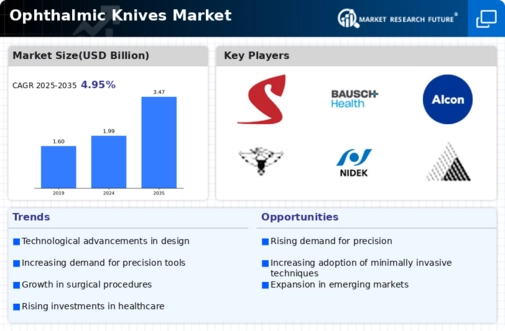
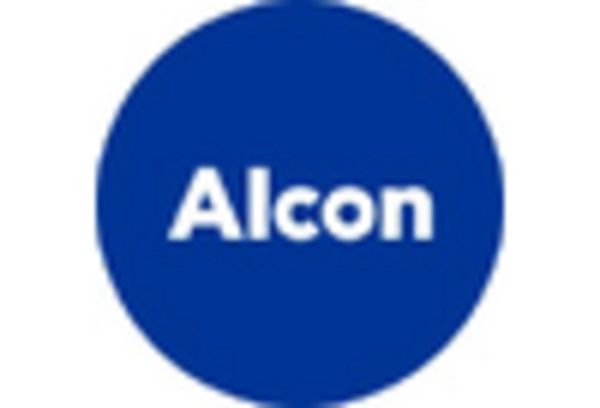
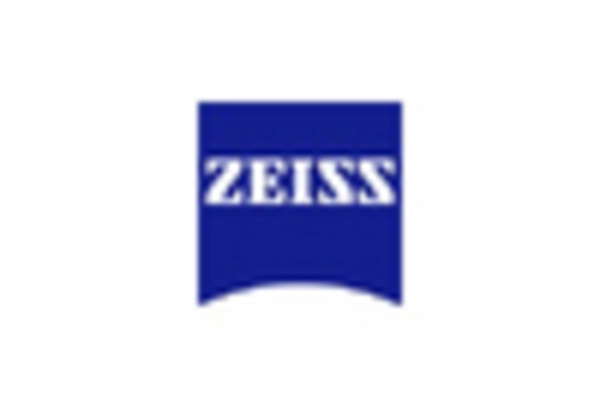

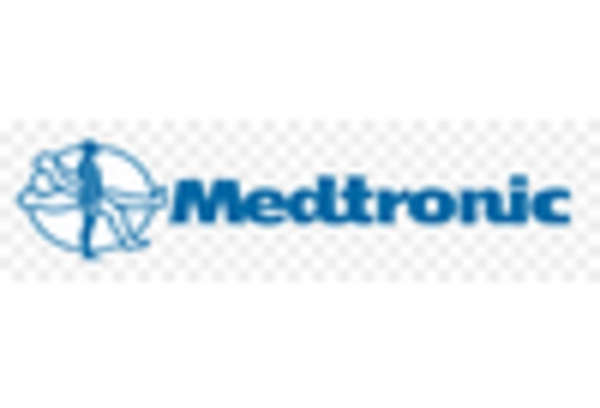
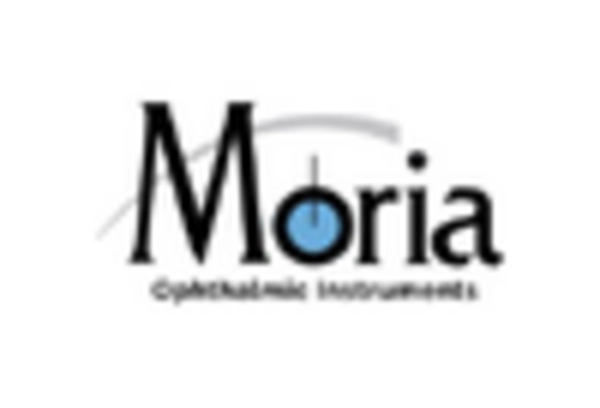
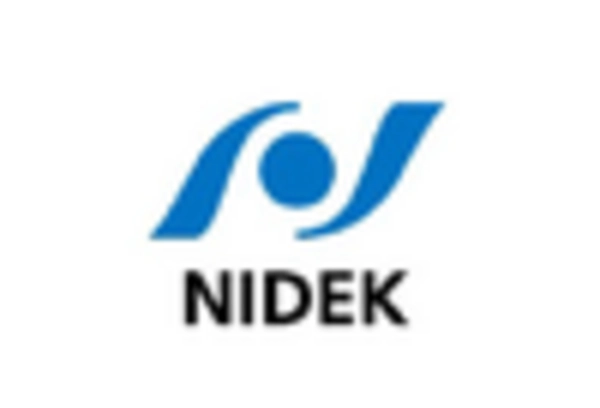









Leave a Comment